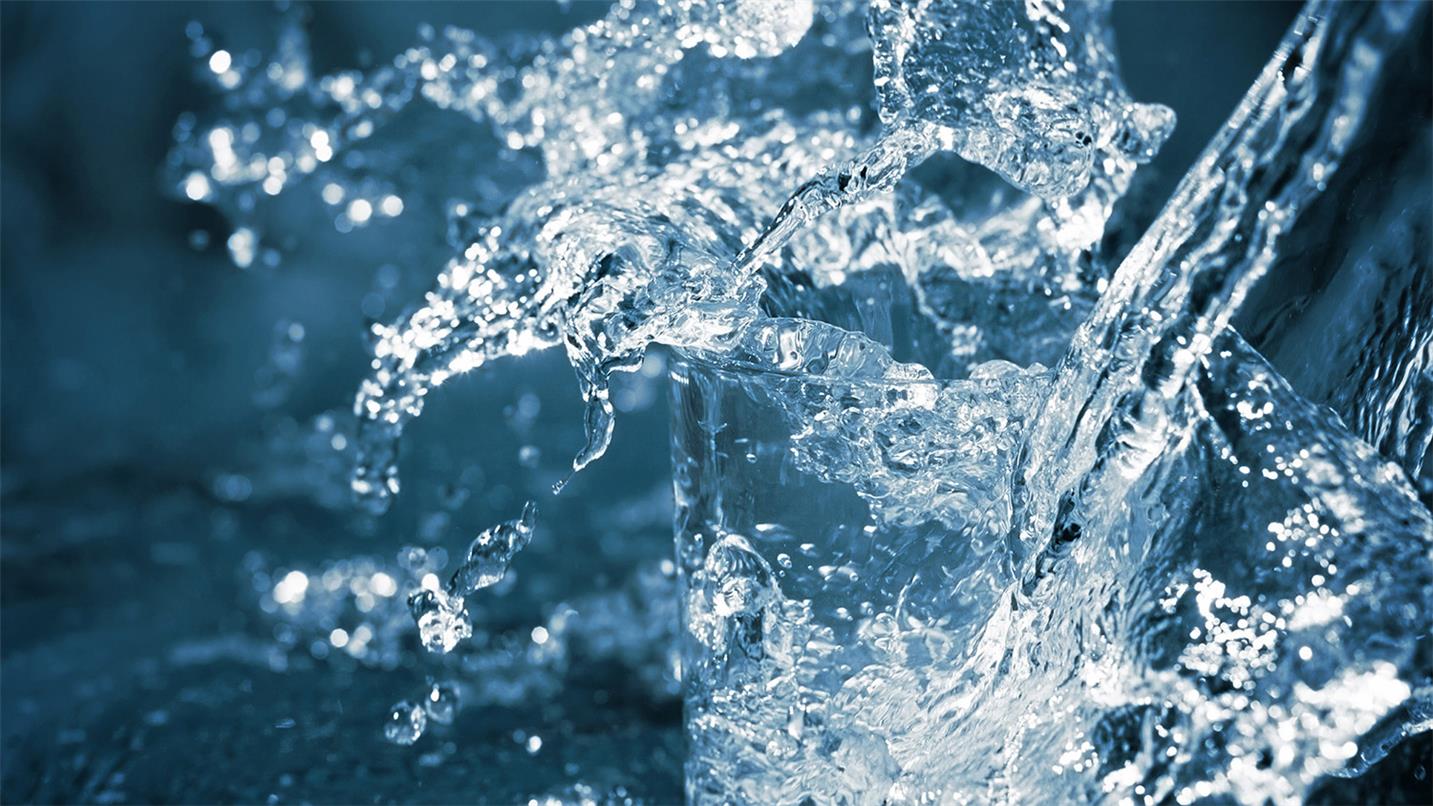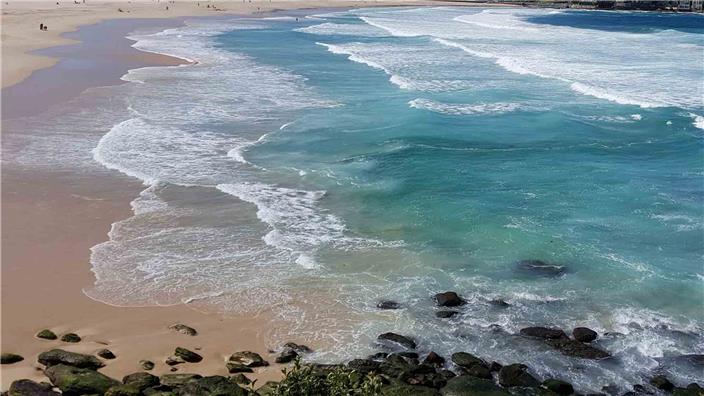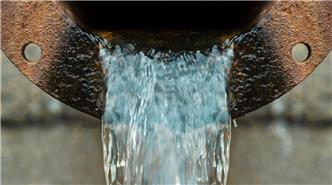Providing accessible and safe drinking water
Resource scarcity and population growth are placing increasing pressure on local authorities to provide reliable access to safe drinking water. Customers also demand higher quality, better tasting water. Our municipal customers seek to optimise the efficiency and performance of their assets, improve or expand ageing infrastructure and gain greater value from their investment.
700
million
people without access to quality drinking water
WHO: Progress on sanitation and drinking water 2015
70
%
of freshwater is used for agriculture
FAO
50
countries facing drinking water shortages by 2025
Delivering sustainable drinking water for more than seven million Australians
SUEZ is a complete partner in the provision of optimal drinking water solutions to meet the growing needs of communities.
Driving greater efficiency and water quality
Our technologies and solutions are increasingly compact, automated and cost-efficient, enabling service improvement and greater efficiency in new and existing drinking water facilities. Our traditional and advanced treatment processes range from clarification and filtration to specific treatments to remove iron, manganese, arsenic, dissolved organic matters, and micro-pollutants.
Guaranteed compliance
Our facilities offer all public health guarantees and compliance with the Australia and New Zealand drinking water guidelines.
One stop shop
SUEZ can take ownership of all stages of the design and build of water treatment plants for full end-to-end management of a diversity of projects.
>> Learn more about one stop shop.
They trust us
SUEZ delivers innovative solutions for drinking water for our municipal customers in Australia.
Safeguarding water quality
SUEZ offers a range of solutions to remove micropollutants from the aquatic environment, mitigating their potentially chronic effects on ecosystems.
Micropollutants are organic or mineral substances with a potentially negative effect on the natural environment and organisms. They pose a growing threat to the marine ecosystem, even at very low concentrations. We employ a range of innovative micropollutant treatment technologies including biological degradation, absorption, oxidisation via physical-chemical techniques and membrane separation.



